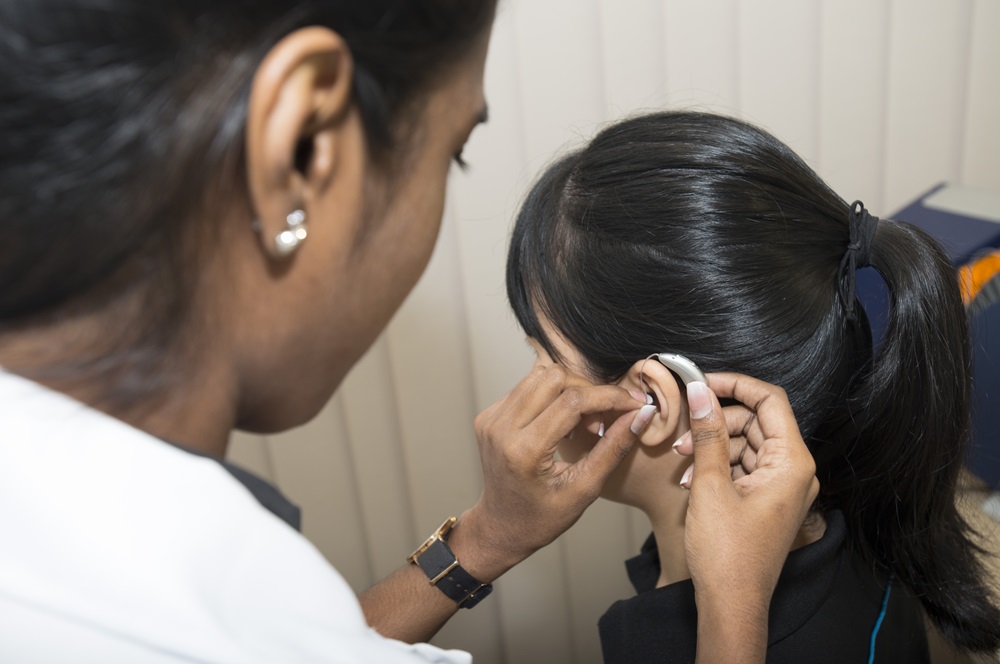
There are several things to consider when purchasing hearing aids, As selecting and using the right hearing aids can support people with hearing loss to communicate fluently in their daily lives.
As the name suggests, hearing aids enable users to hear sounds more clearly, so they are more confident when communicating with other people.
Hearing aids work by capturing surrounding sounds using a microphone and converting them into electrical signals. The amplifier in it will amplify the signal before it is finally sent to the ear via the speaker.
This device, which is used behind or inside the ear, can adjust the sound volume according to the level of hearing loss, surrounding sounds, and the needs of each user.
Basically, every type of hearing aid has the same way of working and functioning. However, you still need to choose the hearing aid that is most comfortable and suits your needs. The following are everything you need to know before getting a hearing aid.
The first thing you need to do is consult an Audiologist to find out the type and severity of the hearing loss you are suffering from. Hearing aids are generally used by people with sensorineural hearing loss, which is caused by inner ear damage where your hearing nerves are affected and are usually irreversible.
If you suffer from conductive hearing loss, surgery or taking medication will be the first option. However, you might also end up with hearing aids if the above-mentioned treatments failed to reverse your hearing loss.
When choosing hearing aids, you also need to make sure they are in the right size for your ears. The reason is that the shape of hearing aids is divided into several types, for example some are attached to the earlobe, partially enter the ear canal, or are completely embedded in the ear canal.
Each form of hearing aid has its own advantages and disadvantages. Hearing aids that attach to the earlobe are called behind the ear (BTE) hearing aids which are more visible but are usually more stable and sensitive for picking up sounds. This hearing aids hang behind your earlobe and channels sound into your canal through a tubing connecting with ear tips or a custom earpiece called ear mould. This type is appropriate for people of all ages and those with almost any type of hearing loss (mild to profound hearing loss). Similarly, in the Receiver In the Canal (RIC) hearing aids the aid rests behind the ear but rather than tubing a tiny wire connects it to a speaker/receiver that sits inside your ear canal. Generally, RIC hearing aids are smaller compared to BTE hearing aids. This type of hearing aid is suitable for adults and elderly people with mild to moderately severe hearing loss. Most RIC and some BTE hearing aids are available with rechargeable batteries.
Meanwhile, custom made hearing aids such as In The Ear (ITE) and Completely In The Canal (CIC) can fit into the ear canal and are smaller in size but need to be ensured that the tip fits the opening of the ear canal. This is important so that it does not easily come off the ear. Generally, ITE and CIC hearing aids improve mild to moderate hearing loss in adults. CIC hearing aids use very small batteries, which have shorter life and can be difficult to handle. And it often doesn't include extra features, such as volume control. However, these are great for those who prefer something discreet.
Apart from its main function of supporting the sense of hearing, there are several types of hearing aids that offer additional features, such as noise reduction, recharging via charger, telecoil remote control and wireless connection to other devices such as mobile phones, television and laptops.
Just like any electronic devices the hearing aids has a warranty period. Ask your professional on the warranty period and the frequencies to send in for lab cleaning and services. Please keep in mind to go back for your follow ups for adjustments and to ensure that your hearing aids are working for you optimally.
Please bare in mind that hearing aids are not magic. Once you have purchased a new hearing aid, you need time to get yourself adjusted to the new world of sounds as just like everyone, hearing aids are not perfect. It does not bring your hearing back to normal level. It is your willingness that is going to help you, the more you use it, the more quickly you will adjust to the sounds. Meanwhile, your audiologist can help to do the tuning and adjustments that are required according to your needs. Thus, don't hesitate to discuss your experience with your new hearing aids during the consultation with audiologist. Because ultimately the goal is to improve your quality of life. Book appointment for an 1:1 consultation and hearing test to understand more!
Written by: Kausellya, Audiologist at 20dB Digisound